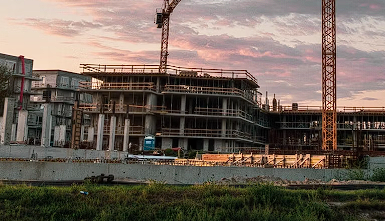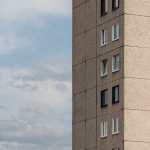Sustainable construction practices have gained prominence not just for their positive impact on the environment but also for the potential long-term economic benefits they offer. The question that arises is whether investing in sustainable construction truly leads to substantial long-term savings. Let’s delve into the various aspects of sustainable construction and examine its potential economic advantages.
1. Energy Efficiency and Operational Savings
Sustainable construction places a strong emphasis on energy efficiency. From using energy-efficient building materials to incorporating smart technologies, these practices can significantly reduce energy consumption over the life of a building. Lower energy bills contribute to operational savings, making sustainable buildings more cost-effective in the long run.
2. Reduced Maintenance and Life-Cycle Costs
Materials chosen for sustainable construction are often durable and require less maintenance. This results in reduced repair and replacement costs over the life cycle of a building. While upfront costs may be slightly higher, the long-term savings from decreased maintenance expenses can outweigh the initial investment.
3. Enhanced Water Efficiency and Cost Savings
Sustainable construction incorporates water-efficient technologies and practices, leading to reduced water consumption. This not only benefits the environment but also translates into lower water bills for building owners. Over time, the cumulative savings in water costs contribute to the overall economic viability of sustainable construction.
4. Increased Property Value and Market Appeal
Sustainable buildings often command higher property values in the real estate market. As environmental consciousness grows, there is an increased demand for eco-friendly structures. Investing in sustainable construction can enhance a property’s market appeal, potentially resulting in higher resale or rental values, thus offering a long-term return on investment.
5. Regulatory Incentives and Tax Benefits
Many regions offer regulatory incentives and tax benefits for sustainable construction projects. These can include tax credits, deductions, or expedited permitting processes. Taking advantage of such incentives can contribute to substantial long-term savings and improve the overall financial feasibility of sustainable construction.
6. Positive Brand Image and Cost of Occupancy
Sustainable buildings often enjoy a positive brand image, which can attract environmentally conscious tenants or buyers. Beyond financial savings, the intangible benefits of a green image contribute to the overall cost of occupancy, making sustainable construction a strategic investment for long-term business success.
Conclusion: Balancing Environmental and Economic Goals
In conclusion, it does lead to long-term savings. While initial costs may be higher, the economic advantages, including energy efficiency, reduced maintenance, increased property value, and regulatory incentives, contribute to a financially sound and environmentally responsible investment. Balancing environmental and economic goals, sustainable construction emerges as a prudent choice for a greener and economically sustainable future.


